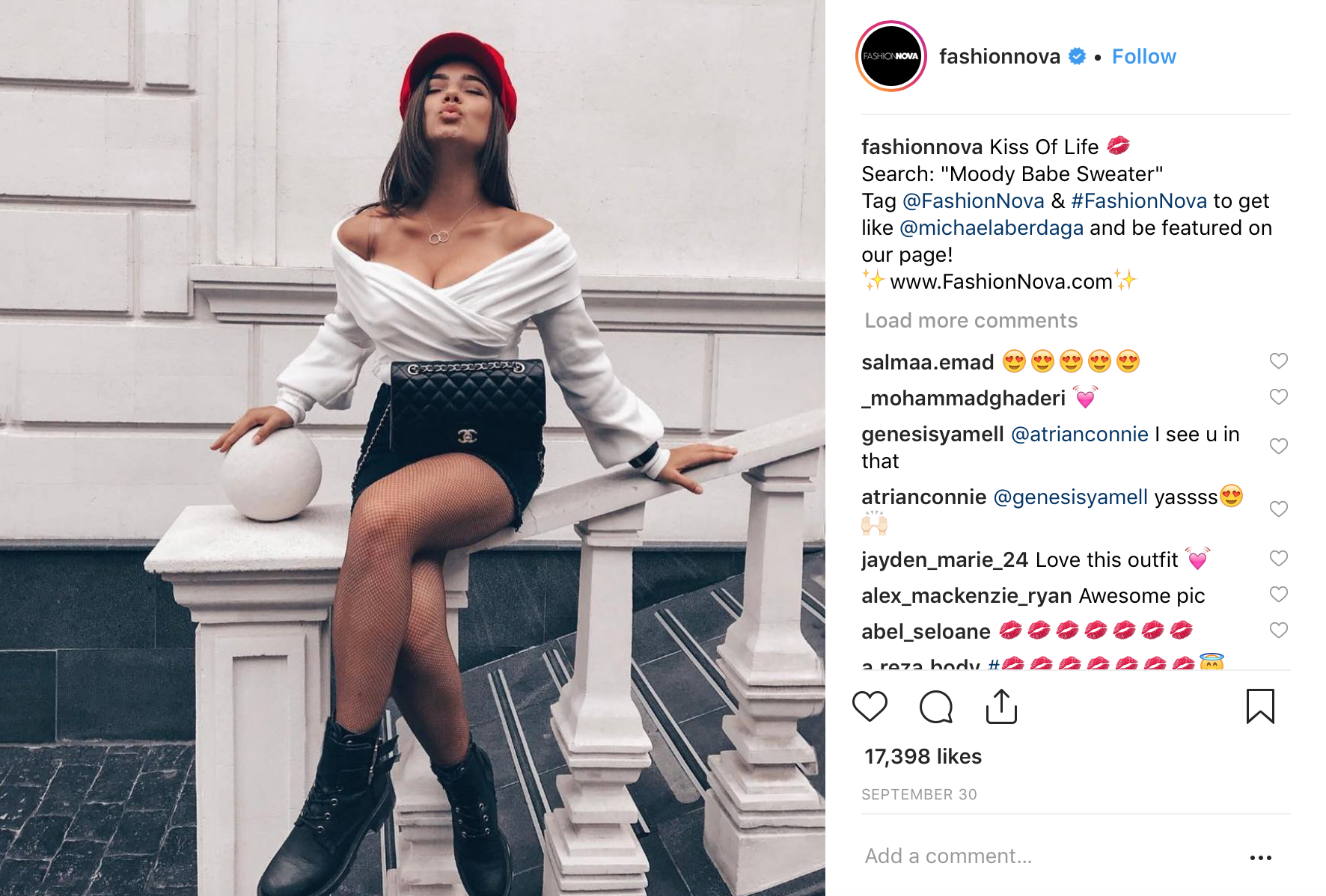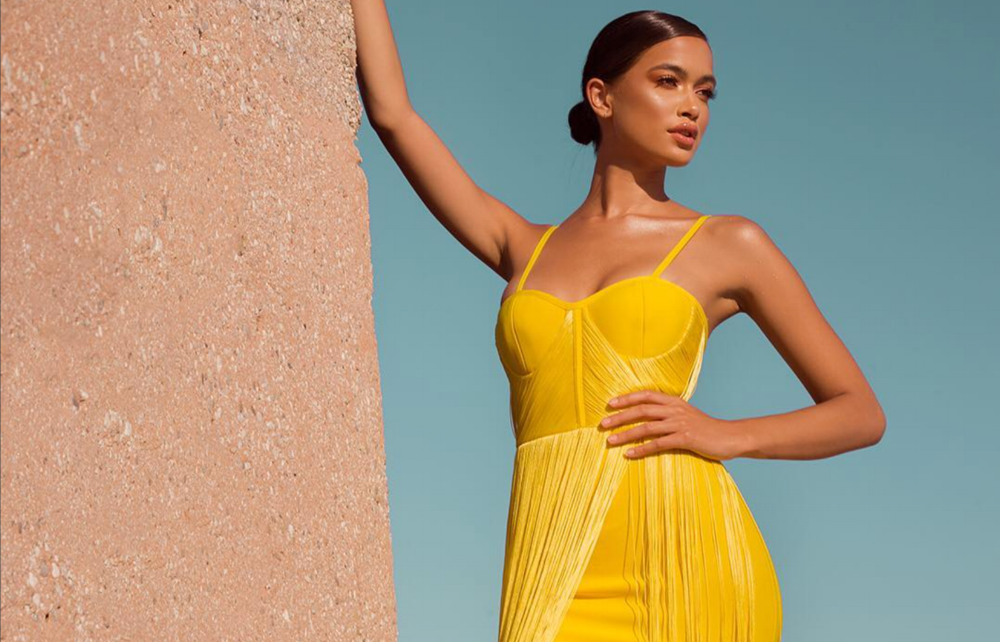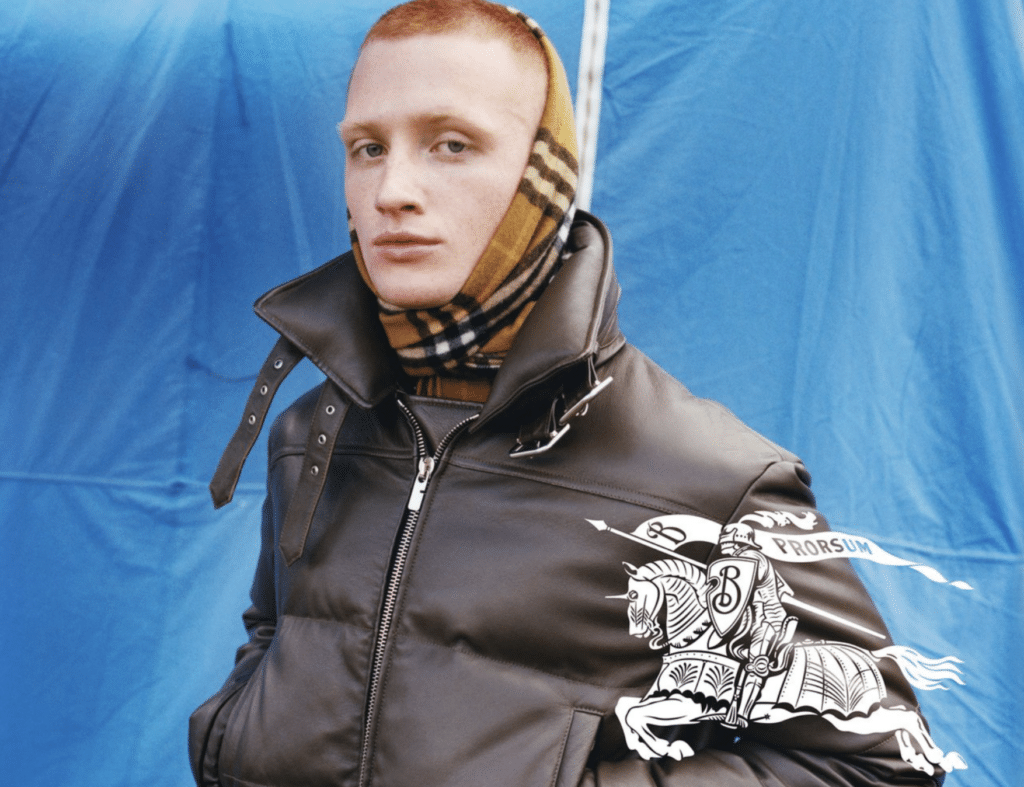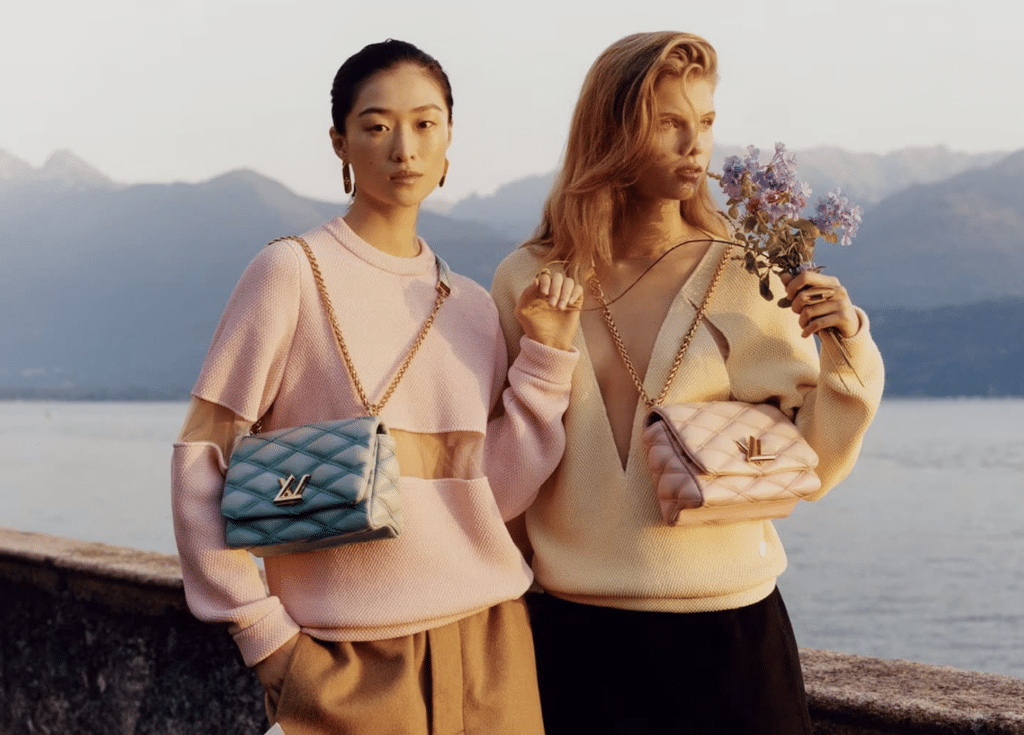“Because Cardi B styles our product with high end luxury brands such as Gucci and Givenchy, we will be able to slowly dissolve the perceived separation between ‘high-end’ and ‘cheap’ clothes and make trendy fashion accessible to everyone,” Richard Saghian, the chief executive of Fashion Nova, recently told BoF in an email in connection with the rapper’s impending Fashion Nova collaboration. “This will really resonate to a wide consumer base who essentially want it all.”
Known for its affordable, high fashion-inspired wares, its slew of (paid for) celebrity fans, and its rivaling of luxury powerhouses like Chanel and Dior on Google’s 2017 “Year In Search” ranking, Fashion Nova fits into a lucrative segment, on in which Zara’s parent company Inditex and H&M, among other leaders, bring in tens of billions of dollars per year. The sustained viability of fast fashion is particularly significant in light of the saturation of social media with runway and celebrity imagery paired with the ever-increasing prices of high fashion products and the unending demand for less bank-breaking alternatives.
Fashion Nova’s push to see its low(er)-cost dresses worn with $1,000-plus Givenchy boots, as Cardi B did recently and as Saghian spoke to last month, is not exclusive to the styling of the 25-year old rapper who skyrocketed to fame last year. In fact, Fashion Nova has been increasingly walking a line between the reality of its brand and the not-so-uncommon aspiration-inspired positioning employed by many brands, making Cardi B’s mixing of high-end and mass-market wares part of a more foundational Fashion Nova (and industry-wide) practice.
In its own words, Fashion Nova is the home of “cheap & affordable fashion online,” including “sexy club dresses, jeans, shoes, bodysuits, skirts and more,” oftentimes inspired by (other times, directly copied from) high fashion brands. On its e-commerce site, consumers can get their hands on a hot pink mini dress, which looks exactly like a custom Yeezy dress that Kim Kardashian wore recently, for less than $30. They can score a pair of dollar bill-printed over-the-knee boots, dead ringers for the ones that Balenciaga showed on its Spring/Summer 2018 runway, for a cool $49.99, about $1,600 less than the Balenciaga retail price.
A pair of emerald green velvet platform sandals – which look a whole lot like the ones that Miu Miu was selling (and celebs were wearing) not too long ago – are also up for offer. The price tag on them? $34.99.
Now, take a look at Fashion Nova’s marketing. A quick scroll through its Instagram account – which boasts a following of 13.6 million – reveals that in a number of instances, its garments are paired with Gucci belts, Chanel bags, and Louis Vuitton backpacks. In some cases, the young, often very-Kardashian/Jenner-looking models (and more often that not, real Fashion Nova fans) are pictured on exotic getaways, posed alongside foreign-made cars or on yachts, perched on the steps of townhouses in London or brownstones in New York’s West Village.
Even a private jet or two have made onto Fashion Nova’s Instagram account, complete with a young woman clad in the brand’s garments, of course.
 image: Fashion Nova
image: Fashion Nova
In attributing its wares to the lifestyles of jet-setters, yacht-loungers, Porsche-drivers, and highly-followed social media influencers, Fashion Nova appears to be attempting to depict itself as something of an aspiration brand, a consumer marketing term that refers to the positioning of a brand – or product – as embodying the things that most individuals strive for: wealth, comfort and leisure, travel (via private jet), fame, etc.
Look at any Michael Kors advertisement and you will find some very clear demonstrations. One of the market’s most well-known aspirational brands (as distinct from bona fide luxury brands), Michael Kors frequently puts models on jets, helicopters, and yachts, against the blue waters of the Italian Riviera, and on the doorman-lined sidewalks of New York’s Upper East Side. The brand is in the business of depicting an aspiration lifestyle in order to entice consumers to buy the $170 handbags and $200 watches from its MICHAEL Michael Kors line.
This high (marketing)-low (price) dichotomy is at the core of the aspirational brand’s dealings, and this exact strategy has made Michael Kors – the man behind the brand – a billionaire. But could such a strategy ever be effective for a fast fashion retailer like Fashion Nova? There is a chance that it could. It was not all that long ago that Zara embarked on an effort to lessen the rigid boundary between high fashion and mainstream apparel and accessories, and with it, modify its reputation for being little more than a purveyor of fast fashion copies.
In less than a decade, the $10 billion-plus brand owned by Spanish retail conglomerate Inditex has been able to transform itself – to a notable extent – into something of a bona fide fashion and style destination in its own right. It did so by undergoing a tactical high fashion-focused makeover.
The actual products, themselves, have changed a bit; for instance, its prices have gone up (relative to fast fashion standards). However, the real change has come by way of its marketing efforts. Consider Zara’s ad campaigns. In recent years, these images have come to look more like something that could appear alongside a luxury brand’s ads than those traditionally associated with the cheap, mass-market offerings put forth by the likes of Forever 21 and other similarly situated retailers.
There are a few key visual cues and other changes that come hand-in-hand with Zara’s editorial transformation. There are the models, for one thing.
Consider its “S/S 2017 Collection 01” campaign for which Zara cast Lexi Boling, Kiki Willems, Vittoria Ceretti, and Luisana Gonzalez, among other high fashion runway stunners. In addition to walking in most of the major shows that season, those models also starred (simultaneously) in an array of S/S 2017 season campaigns for high fashion brands. The presence added credence to Zara for having them model its wares and also created a sort of seamlessness between a Zara ad and Prada ad, for instance, in which Boling, Willems, and Ceretti have all appeared.
Beyond the models, though, Zara has taken to routinely employing the same photographers, stylists, and art directors as some of fashion’s biggest brands in order to offer its highly favored knockoffs to consumers – whether they be college girls on a budget or fashion editors looking for a quick Phoebe Philo for Celine-like steal – in an even more enticing way.
Against this background, 12-year old Fashion Nova’s efforts, including its penchant for styling its wares alongside the likes of some of high fashion’s hottest – and in some cases, most stalwart – brands, are not completely out of left field, nor are they without any chance of success in terms of diffusing the already blurry line between the high fashion shopper and the mass market one.
While it is far too soon to tell with any certainty whether Fashion Nova will be able to effectively marry aspirationality with its core, fast fashion offerings (of questionable quality), what is clear is that what it is doing is resonating with its target market. Last year, Saghian refused to reveal specific figures as to Fashion Nova’s revenue, but said that the company is, in fact, profitable, and growing.
This past February, he told WWD that the company “has experienced ‘explosive growth’ in sales,” or to be exact, revenue growth of 600 percent in 2017. Maybe even more telling than that figure is another, “three-quarters of customers return to the site within 90 days” of their last purchase. In other words: Fashion Nova is onto something.











